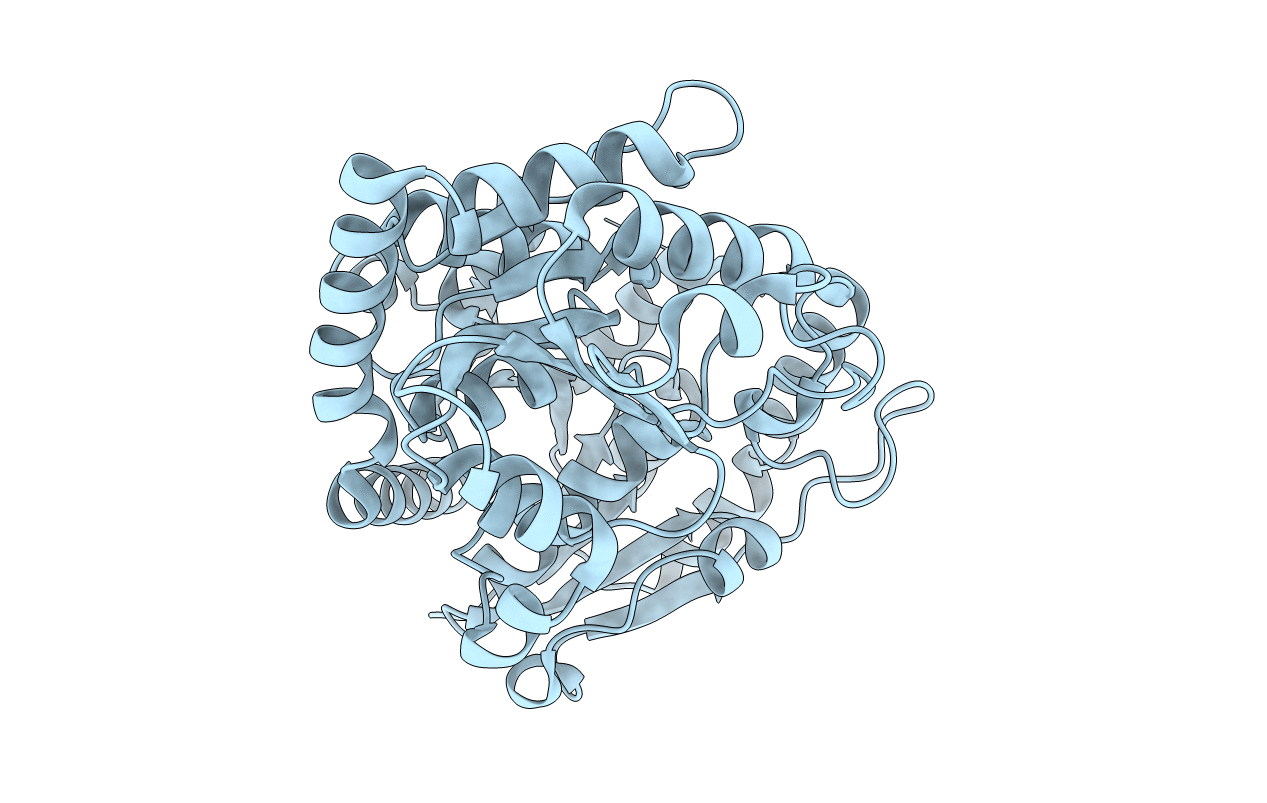
Deposition Date
2021-05-08
Release Date
2021-12-08
Last Version Date
2024-04-03
Entry Detail
Biological Source:
Source Organism:
Oryza sativa subsp. japonica (Taxon ID: 39947)
Host Organism:
Method Details:
Experimental Method:
Resolution:
1.77 Å
R-Value Free:
0.19
R-Value Work:
0.16
Space Group:
P 21 21 21


